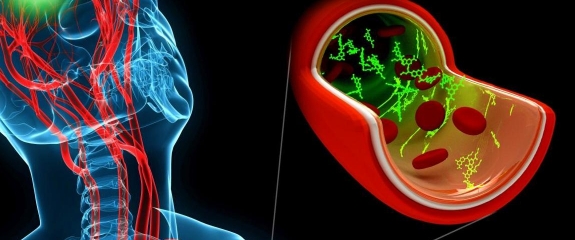New technology could deliver drugs to brain injuries

A new study led by scientists at the Sanford Burnham Prebys Medical Discovery Institute (SBP) describes a technology that could lead to new therapeutics for traumatic brain injuries. The discovery, published today in Nature Communications, provides a means of homing drugs or nanoparticles to injured areas of the brain.
"We have found a peptide sequence of four amino acids, cysteine, alanine, glutamine, and lysine (CAQK), that recognizes injured brain tissue," said Erkki Ruoslahti, M.D., Ph.D., distinguished professor in SBP's NCI-Designated Cancer Center and senior author of the study. "This peptide could be used to deliver treatments that limit the extent of damage."
About 2.5 million people in the US sustain traumatic brain injuries each year, usually resulting from car crashes, falls, and violence. While the initial injury cannot be repaired, the damaging effects of breaking open brain cells and blood vessels that ensue over the following hours and days can be minimized.
"Current interventions for acute brain injury are aimed at stabilizing the patient by reducing intracranial pressure and maintaining blood flow, but there are no approved drugs to stop the cascade of events that cause secondary injury," said Aman Mann, Ph.D., postdoctoral researcher in Ruoslahti's lab and first author of the study.


